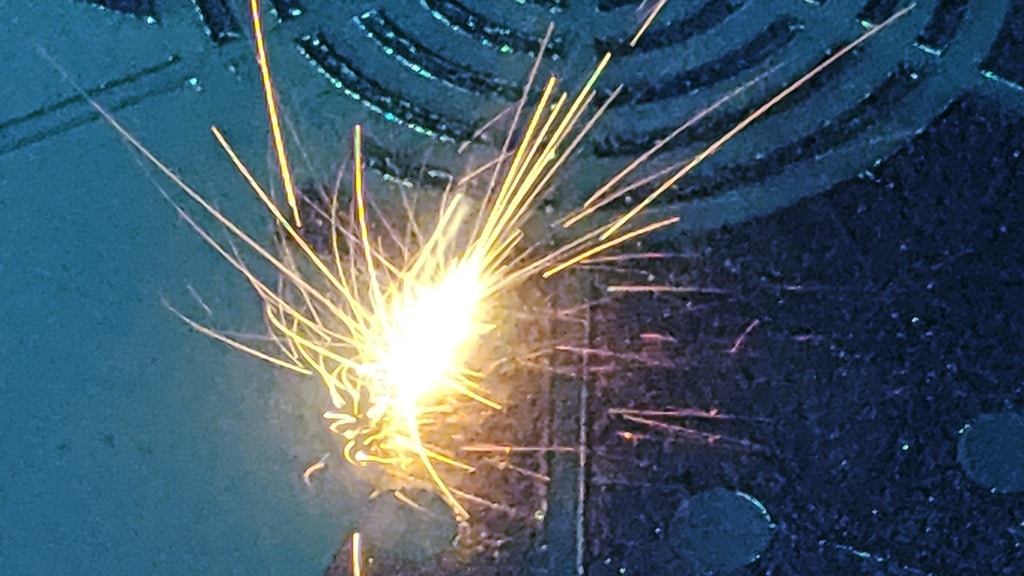ESA Looks to Build New Home in Space with Off-Earth Manufacturing
Activities are set to intensify in 2022, as we get closer to the date (2024) that ESA and NASA have planned for humanity’s return to the Moon. The ESA Discovery program has been supporting groups from industry and academia to develop technologies for off-Earth manufacturing. Last November, a public online symposium presented their latest results and highlighted which technologies are most promising for maturing further towards integration into future space missions.









